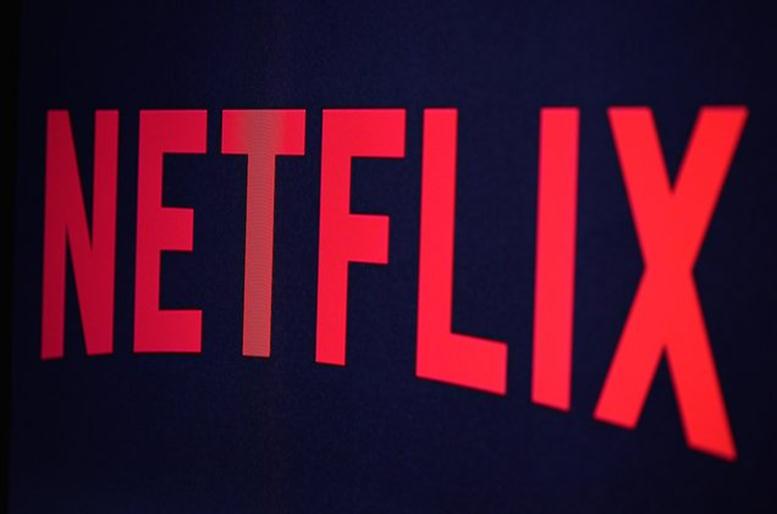The bearish outlook against Netflix (NASDAQ:$NFLX) seems to be becoming a popular trend on Wall Street.
So, what exactly are the bears’ arguments? Despite strong subscriber growth numbers, Netflix’s current model is unsustainable, driven by debt and negative free cash flow. Coupled with a overvaluation, critics claim that Netflix is doomed.
Specifically, Doug Kass, a hedge fund manager, claimed that the company’s valuation and lack of free cash flow makes him “airsick”.
Netflix has racked up $5 billion in debt, up from less than $1 billion in 2014. The company is tracking for negative $2 billion to negative $2.5 billion in free cash flow this year. Management rationalizes such abysmal numbers by explaining that original content requires upfront spending, which then becomes amortized over time once it becomes an asset on the balance sheet. Hence, that’s why Netflix is still posting operating profits even with free cash flow losses.
In reality, the bears of Netflix are being harsh. After all, debt funding is a common practice among media companies, borrowing heavily to fund ongoing productions.
For instance, Netflix’s media peers like Disney (NYSE:$DIS), Twenty-First Century Fox (NASDAQ:$FOX), and Time Warner (NYSE:TWX) sees around $20 billion in debt.
On such matter, Netflix proclaims: “ Our US contribution margin structure is set mostly top down. For any given future period, we estimate revenue, and decide what we want to spend, and how much margin we want in that period. Competitive pressures in bidding for content would lead us to have slightly less content than we would otherwise, rather than overspending.”
In other words, Netflix isn’t arbitrarily spending on money on content; it’s rather carefully measured in accordance with the company’s own revenue projections.
Featured Image: twitter










